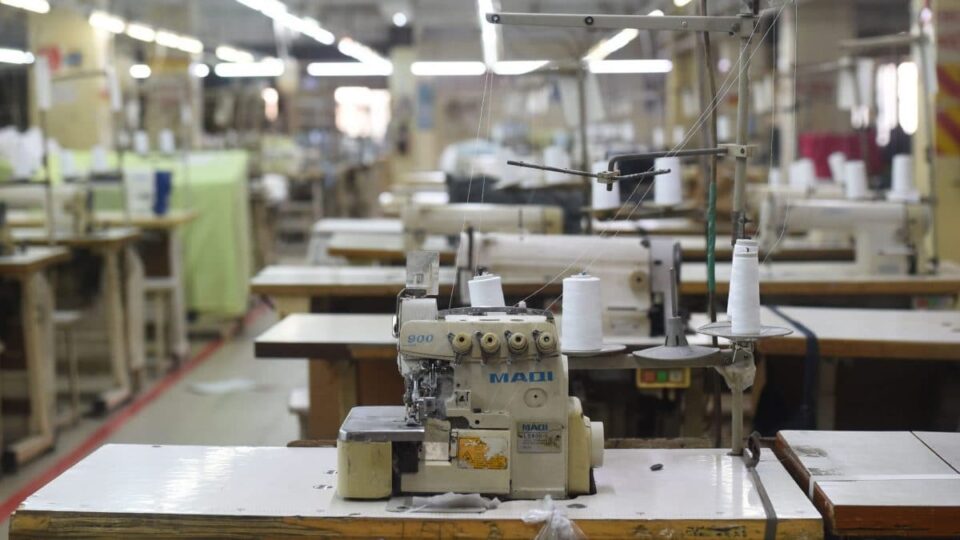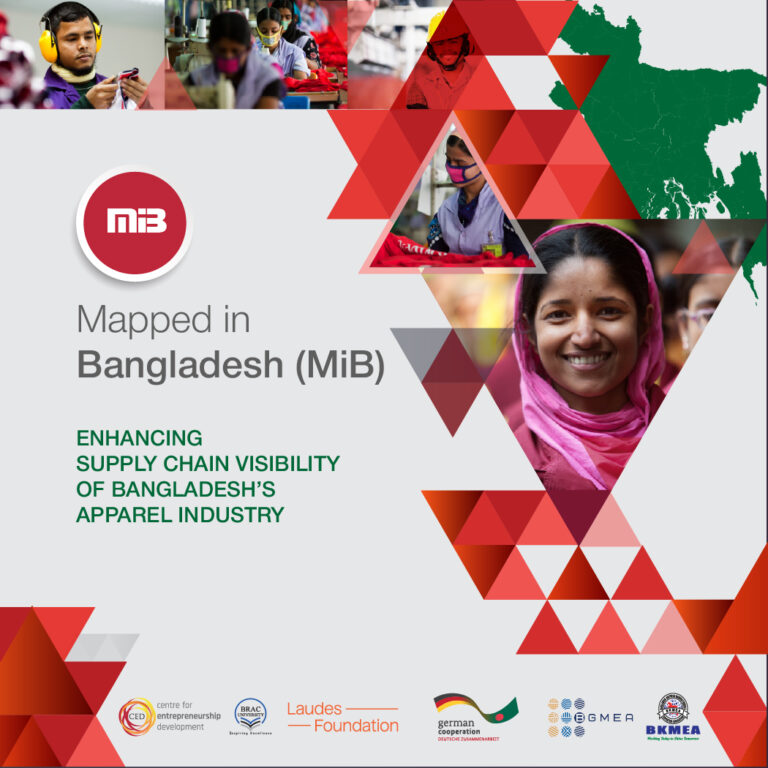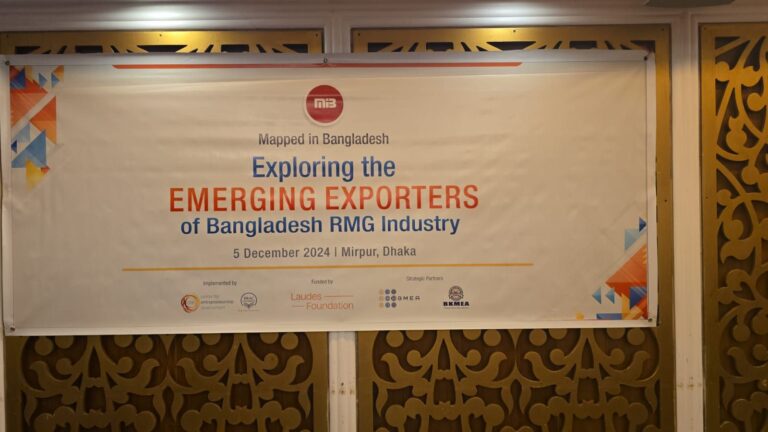Why MiB Removed Certain Factories from the Map?
The Rise and Fall of Factories
The Bangladesh RMG industry plays a pivotal role in the global fashion supply chain, consistently maintaining robust links with international brand and buyers. However, factories in this sector often open and close, reflecting the industry’s ever-changing nature. Recent reports highlight growing concerns among stakeholders, with approximately 300 factories reported as closed in 2023, according to various media sources. This highlights the challenges within the industry, despite its global importance.
How MiB Addresses the Issue
Mapped in Bangladesh (MiB) is committed to enhancing transparency and accountability within the Ready-Made Garment (RMG) sector. To date, MiB has mapped over 3,550 export-oriented factories using a digital platform, providing the most current open data to industry stakeholders. The database has been continuously updated since the project’s inception. During these updates, the project team discovered that several factories were no longer reachable by telephone. Surveys conducted during the data updates indicated that numerous factories were no longer operational at their recorded locations. MiB categorizes these facilities as non-operational rather than “closed factories,” as the latter term can imply various situations, including permanent closures, temporary shutdowns, extended closures, or relocations.
Hence, to mitigate the issues of non-operational factories remaining on the MiB map and to gradually expand the database, MiB has decided to remove these factories from the map while preserving them as a list of non-operational factories. This approach ensures that stakeholders have access to accurate and relevant information, facilitating better decision-making in the industry.
How MiB Identifies Non-Operational Factories
MiB follows a detailed process to confirm whether a factory is non-operational, as follows:
- Initial Contact: Field Officers (FOs) reach out to a responsible person from factory management as the primary respondent during surveys.
- Field Verification: If a factory is reported as non-operational, the FO informs the Field Supervisor, who conducts an on-site verification.
- Random Checks: Field Coordinators and monitoring teams perform random visits to validate reported data and a factory’s operational status.
- Data Quality Checks: After three months of data collection, the Data Verification and Validation (DVV) team re-verifies the factory’s status via phone calls. If the contact is unreachable, the factory remains classified as non-operational. If confirmed operational, the FO updates the data through a follow-up visit.
- Cross-Referencing Membership Lists: For factories registered with BGMEA or BKMEA, MiB cross-checks their operational status against the current member lists provided by these trade bodies.
Why Factories Become Non-Operational
There are many reasons why factories stop operating. Some move to new locations, while others temporarily shut down with uncertain reopening dates. Smaller factories, especially those not linked to trade bodies (BGMEA and BKMEA), often face permanent closure due to financial or operational challenges. Although there are many reasons for factory closures, detailed research on the issue is still limited.
Why Non-Operational Factories Are Removed
MiB removes non-operational factories from the digital map to ensure up-to-date and accurate data. However, the details of these factories, including their contact information, are retained in a database for future reference and research purposes. This repository offers valuable insights into the dynamics of non-operational factories and their impact on the supply chain.
Download the database of non-operational factories in MS Excel file format.
A Database for the Future
MiB’s database can be utilized as a crucial resource for understanding the broader implications of factories becoming non-operational. By preserving this information, researchers and policymakers can better analyze the challenges faced by non-operational factories and explore potential solutions to address these issues.
Wait, Are there Additional Issues?
Current data from the MiB database (as of 30 April, 2025) indicates that several factories within the industry remain operational but have been removed from the MiB database for various reasons. Notably, some of these factories do not meet the defined criteria (i.e., MiB Factory Definition) for classification as factories under the project’s parameters. The categories of these factories include:
– Operational Status-Changed Factories: Factories that were previously non-operational or closed but have resumed operations, though at less than 80% of their export capacity.
– Relocated Factories: Factories that have changed their operational address and relocated to different areas/districts that are not currently documented by MiB.
– Working Status-Changed Factories: Factories that were exporting at least 80% of their total production, but have since shifted their focus solely to the domestic market.
Consequently, in addition to the 500+ non-operational factories, MiB has also excluded those factories from the map that do not align with its defined criteria, despite they were mapped in MiB Phase 1. There is a pressing need for further research to identify the actual status of these factories, as the Bangladesh RMG industry is characterized by a significant degree of opacity.
Questions?
For any queries or suggestions, please email us at: mappedinbangladesh@bracu.ac.bd.





